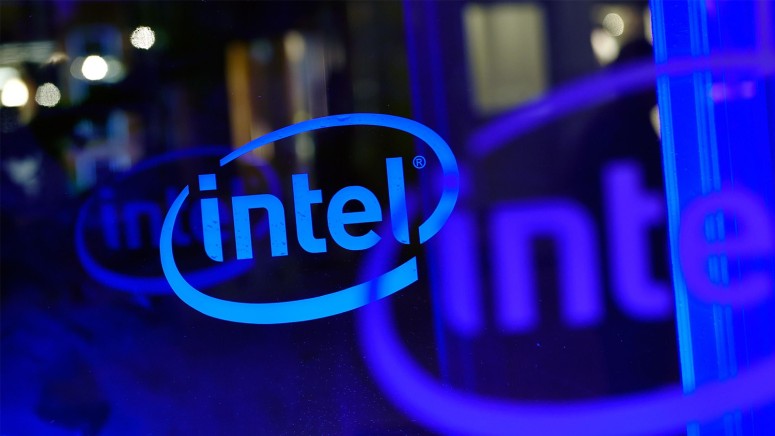
Intel “Lakefield” Chip Is Shifting Up a Gear in Graphics and Camera Support
- Intel’s Lakefield mobile chips are bringing a little powerhouse in a tiny package that barely needs any power.
- The new processor family is capable of pushing unprecedented resolutions and supports up to six cameras.
- This opens the way for several new applications on light, thin, and portable electronic devices.
Intel has presented its latest series of mobile, low-power processors codenamed “Lakefield,” and they are bringing something that we have never seen before in the Atom microarchitecture. These are chips that are meant to be used in entry-level notebooks, ultra-thin laptops, and generally underpowered devices that are focusing on being ultra-portable and are just “good enough” for basic applications. Intel’s third generation of the Atom, though, is going well beyond just being adequate for typical use-case scenarios. When it comes to pushing pixels to screens, it’s performance is unprecedented.
Here are some technical specs on the “Lakefield” to help you get a clear idea about the new chip:
- Built on a 10 nm manufacturing process with 3D tri-gate transistors
- SoC dimensions are 12 x 12 x 1 mm
- Has 32 KB L1 cache, and 4.5 MB L2
- Features a thermal design power (TDP) of 10 W for desktop versions and 7 W for mobile
- Is powered by the latest Gen 11 graphics architecture, the same that’s used on the Ice Lake
- Supports DirectX 12, OpenGL 4.6, and Vulkan 1.2
- Incorporates five cores (on mobile) reaching frequencies of up to 3.00 GHz (turbo mode)
So, this new generation of extremely frugal chips can drive up to four 4K displays at a refresh rate of 60 Hz each. Intel said OEMs might decide to go with various implementations when they have to determine how to put this power into action, as some may opt for higher resolutions or higher refresh rates. Whatever the case, the video deliverance performance is impressive for a chip of this energy efficiency.
Then there are the cameras, and how far the Lakefield processors can push things on this field. In total, it can support six cameras, with four 12-megapixel cams operating simultaneously. Could this mean that the era of low-res front-facing cameras on laptops and notebooks is over? Hopefully, although we wouldn’t expect the market segment to become smartphone-equivalent overnight. Still, the support for up to four cameras at the same time opens up the way for HDR, 3D, virtual, and enhanced/augmented reality applications.
All in all, Lakefield is Intel’s product that’s pushing the boundaries of what’s possible for decades. Moreover, it’s a product that fits right in the slot of the needs of the contemporary consumer. We need light, efficient, low-power, small, and versatile enough processors that can cover most of the spectrum of our lite-productivity needs. Will it be a game-changer? We’ll have to wait and see about that, as production, availability, and OEM implementation will play a crucial role in that part. Having a small device that’s able to dock and send video feed over to a 4K screen has been a dream for many of us, and it certainly looks like we’re getting closer.








